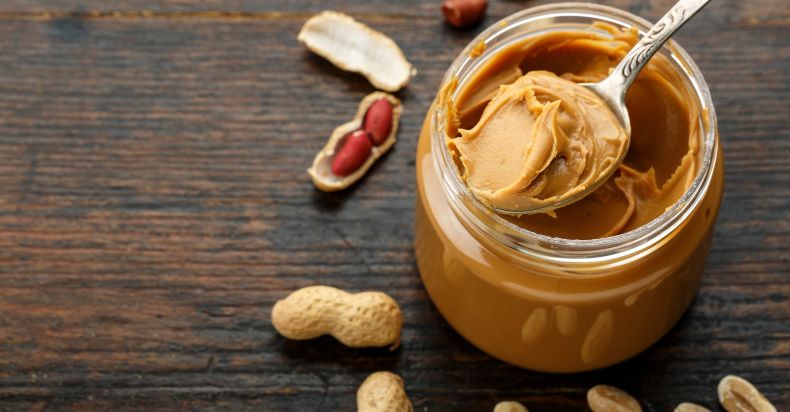Oxalates are naturally occurring compounds found in a variety of foods, and while they are harmless for most people, for others, they can cause problems.
A diet low in oxalates, commonly referred to as an “oxalate diet,” is often recommended for individuals who are prone to developing kidney stones or have other health conditions that require a reduction in oxalate intake.
Is Peanut Butter High in Oxalates?
Peanut butter is considered to be medium to high in oxalates, with a 2-tablespoon serving containing approximately 6-10 milligrams of oxalates. While it is not necessary to completely eliminate peanut butter from an oxalate diet, it is important to consume it in moderation and be mindful of the overall oxalate intake.
Understanding Oxalates
Oxalates, or oxalic acid, are organic compounds found in many plant foods. When consumed, oxalates can bind to minerals in the gastrointestinal tract, forming crystals that are excreted in the urine.
For most people, this process does not cause any problems. However, for individuals with a history of kidney stones or other specific health conditions, a high oxalate intake can lead to the formation of kidney stones or other health issues.
Foods can be categorized as low, medium, or high in oxalates. Low-oxalate foods contain less than 5 milligrams of oxalates per serving, medium-oxalate foods contain between 5 and 10 milligrams per serving, and high-oxalate foods contain more than 10 milligrams per serving.
It is important for individuals following an oxalate diet to be aware of the oxalate content of the foods they consume.
Peanut Butter and Oxalates

Peanut butter is a popular and nutritious food enjoyed by many. However, when it comes to its oxalate content, peanut butter is considered to be medium to high in oxalates.
A 2-tablespoon serving of peanut butter contains approximately 6-10 milligrams of oxalates.
Therefore, while it is not necessary to completely eliminate peanut butter from an oxalate diet, it is important to consume it in moderation.
For those following an oxalate diet, it is important to manage oxalate intake carefully. Here are some tips to help manage oxalate intake:
- Be aware of the oxalate content of foods.
- Consume high-oxalate foods in moderation.
- Pair high-oxalate foods with calcium-rich foods to reduce oxalate absorption.
- Drink plenty of fluids throughout the day.
- Consult a healthcare professional for personalized advice.
Conclusion
While peanut butter does contain oxalates, it is not necessary to completely eliminate it from an oxalate diet.
However, it is important to consume it in moderation and be mindful of the overall oxalate intake.
